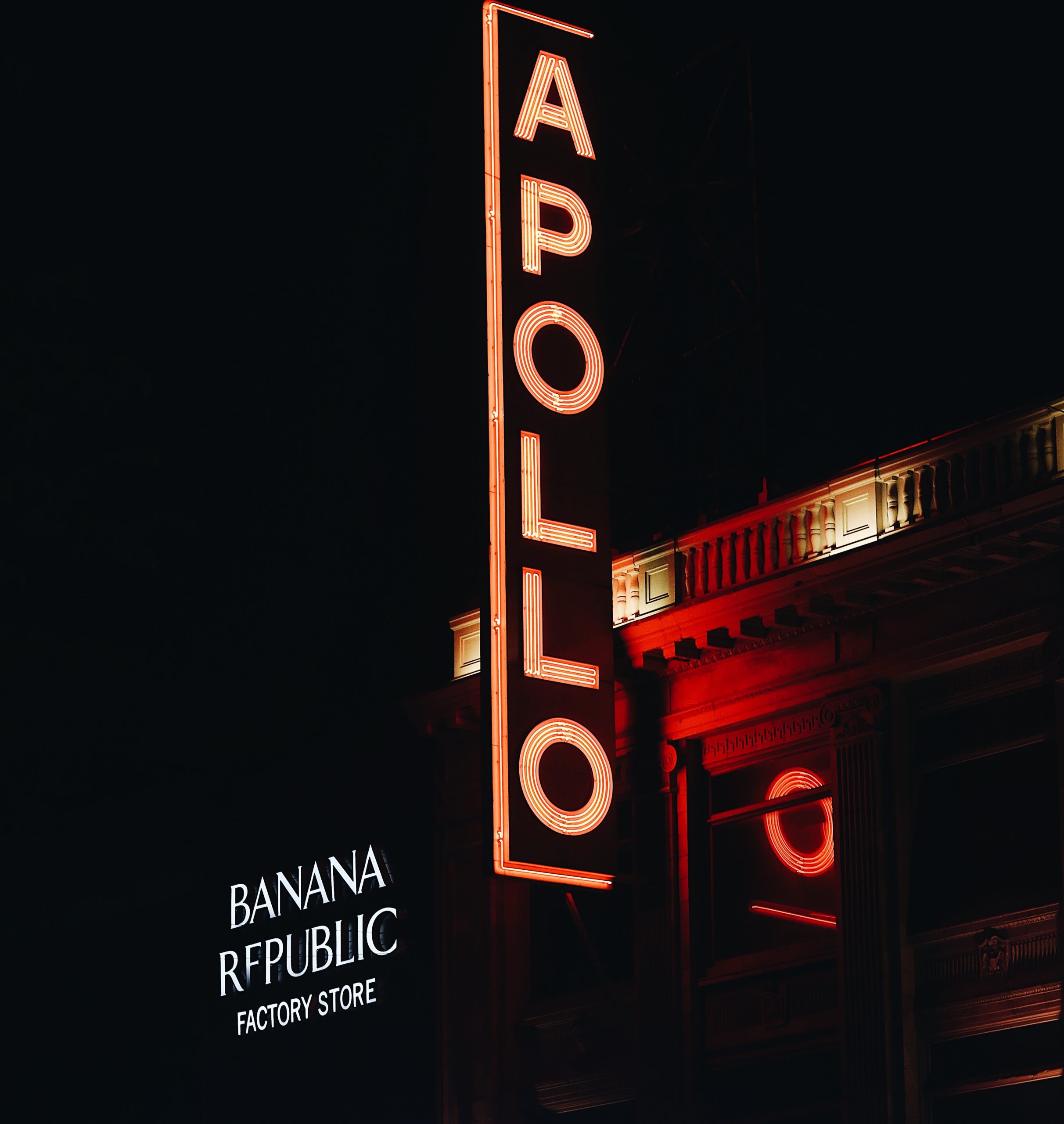Nothing beats presenting diabetes outreach with DAZZLE at the Apollo Theater. One of my all-time favorite moments in Divabetic history was playing Serve, Taste, or Trash! Food Game at the Apollo Theater because it was an opportunity to combine honoring Luther’s musical legacy with diabetes wellness outreach.
The game’s initial goal was to allow confessed picky eaters to express dislike of certain fruits and vegetables and then challenge them to try them differently. The game was born out of my dislike of peas.
Experts agree that we shouldn’t overwhelm ourselves with a plate full of new foods. Instead, serve familiar favorites and one new food you’re ready to try. Commit to just a few bites. You’ll still have something to eat if you don’t like it.
However, Serve, Taste, or Trash‘s aim morphed into raising awareness for the amount of added sugars in popular food and drinks.
On this episode of Divabetic’s podcast, we’re talking about ADDED SUGARS with musical inspiration from Sade.
Added sugars contribute calories to your diet but no essential nutrients.
Many people consume more sugar than they realize. Knowing how much sugar you consume is essential because our bodies don’t need sugar to function properly.
How Much ADDED SUGAR Is Too Much?
The American Heart Association recommends limiting added sugars to no more than 6 percent of calories each day. For most American women, that’s no more than 100 calories per day or about 6 teaspoons of sugar. It’s 150 calories per day for men, or about 9 teaspoons. The AHA recommendations focus on all added sugars without singling out any particular types, such as high-fructose corn syrup.
As in most of my Man-in-the-street videos, nothing was pre-planned at the Apollo Theater. My friend Arthur and I just showed up, found a spot, and started shooting.
When we went around the block to the stage door, the Apollo historian, Billy Mitchell, magically appeared. He was gracious enough to agree to be interviewed.
Billy and I discussed Luther Vandross’s history at the Apollo Theater. Luther was a member of Apollo’s musical ensemble called Listen to My Brother.
The ensemble was made up of 16 New York City kids. Peter Long put the group together from the Apollo, whose wife, Loretta Long, was a Sesame Street cast member.
The 16-member group performed at the Apollo Theater in the late 1960s, opening for many of the venue’s famous performers and making several musical contributions to Sesame Street. Luther sang lead vocals on “You Gotta Learn.”
Luther confessed during a Motown special taped at the Apollo that he’d blown Amateur Night four times.
Crazy as it sounds, we were filming using a small digital camera (not even an -iPhone!!!), so the fact that he stopped to talk with a guy in a fruit suit was amazing!
From 2003 – 2005, I was fortunate to participate in several Health Fairs in the lobby of the Apollo Theater. I met so many wonderful people living with, at risk, and affected by diabetes whose interest and support of my diva brand of diabetes outreach motivated me to keep on, keeping on.
It was days like this in the blazing Summer sun when haphazardly, we met terrific, colorful characters in the street who played along with the Divabetic health games that kept me going. These moments of sheer coincidence have helped me create new ways to inform people entertainingly.
On this episode of Divabetic’s podcast, we’re talking about ‘THE SWEETEST TABOO’ aka ‘ADDED SUGAR’ with musical inspiration from Sade.
Sugar is everywhere. But do we understand the impact it has on our diabetes health?
You may think of sweets, chocolate, sodas, table sugar, and perhaps fruit if asked to name sugary foods. But sugar also appears in savory foods such as ready meals, soups, salads, sauces, and ‘healthy’ foods such as breakfast cereals and yogurt. Furthermore, starches such as bread, pasta, rice, and potatoes also convert to sugar in our bloodstream, having the same impact on our bodies. These ‘hidden sugars’ can add a surprising amount to our daily intake.
Guests include Patricia Addie-Gentle RN, CDCES, Tameka Milline, Catherine Schuller, Kathy Dolgin aka ‘High Voltage’, and Stephanie MacKendree. Throughout the podcast, we feature music from ‘The Essential Sade’ album courtesy of SONY Music.






